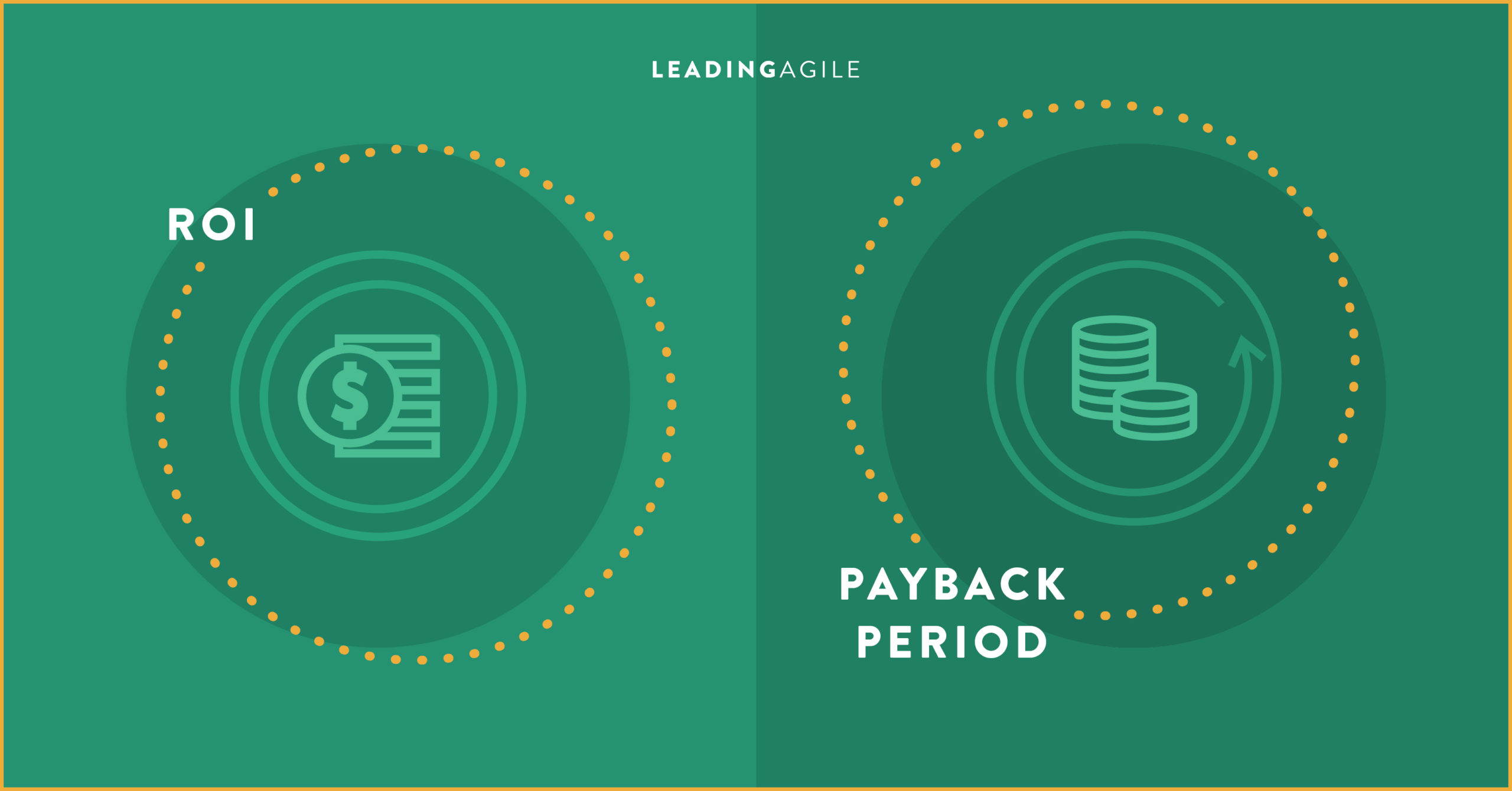Agile Finance: How Do You Make a Business Case for Transformation?
Back in the Summer of 2018, I spoke at the Agile2018 Conference under the topic of “Addressing Your CFO’s Concerns to an Enterprise-Wide Agile Transformation.” In that discussion, I covered a range of topics – Building a Business Case and the Key Financial Metrics that should be provided in your Business Case, Understanding your Company’s Software Development Costs, the Importance of Benchmarking, Importance of keeping your Asset Management current, and Capitalizing and Amortizing Software Costs. In my future blogs, I will provide current thoughts around these and other related topics.
Large-scale transformation efforts are not to be taken lightly. Based on the complexity and scope of these enterprise-wide transformations, the failure rate of such transformation efforts exceeds 50%. Given that the failure rate is higher than the success rate, I can assure you that your CFO will be highly sensitive to any such proposal that you and your colleagues want to endeavor when it comes to an enterprise-wide agile transformation.
To defend you and your team in that eventual conversation with your CFO, you will want to properly arm yourself with a well-documented and detailed Business Case. Within that Business Case you should, at a minimum, include financial metrics because ultimately the decision to proceed with an enterprise-wide transformation will be a financial one. You will need to outline the estimated costs to be incurred as part of that transformation as well as the estimated annual benefits and savings expected to be realized from your transformation effort.
There are two key financial metrics that I believe you should include in your Business Case as these should be relevant in most, if not all, organizations when making an investment in such a large endeavor: 1) Return on Investment (ROI), and 2) the Payback Period.
ROI
Return on Investment or ROI is a performance measure used to evaluate the efficiency of an investment. It addresses how much a company will earn back from the cash outlays or costs to be incurred that the organization is planning to make. To calculate ROI, the team will need to generate the net present value of the expected net benefits that are estimated to be realized and divide that by the cost of the investment – the cash outlays the company will be spending to realize those benefits.
Once the ROI is determined, each organization will have its own ROI threshold to approve or deny a project. A 10% ROI may be easily acceptable for one company but may be too low for another. This is because they are many competing priorities within each company all craving for that cash that can be invested in various strategic initiatives. What’s to say that a new marketing program is more or less important you’re your agile transformation? But if your business case outlines the financial implications; it will surely be well received by your CFO. As a rule of thumb, a project’s ROI needs to exceed its WACC, or a weighted average cost of capital, also known as its hurdle rate, at a minimum. Your Finance Team should know what your WACC is and should be able to provide that to you.
Payback Period
In addition to using ROI, calculating a company’s Payback Period is a different way to evaluate the effectiveness of an investment. The Payback Period is a performance measure that predicts how long it will take for the company to get the money it invested in its transformation effort back. Think of it as when the company can break even on its upfront investment. Once breakeven has been achieved, from that point forward, the company will be generating positive cash flow from that investment.
To calculate your estimated payback period, take the total investment expected to be made and divide that by the estimated annual savings. The end result is the amount of time it takes to break-even or be paid back, which is expressed in months or years. Using the Payback Period in conjunction with ROI provides two different lenses to evaluate an investment opportunity.
Generally, a period of time is something tangible that everyone should be able to comprehend – the longer it takes to accomplish a task, the riskier the investment becomes.
A general rule of thumb is, if the Payback Period is within two to four years (on the high side), it could be a project worth investing in. Anything outside of four years becomes less tangible and substantially increases the risk. If the calculated payback period becomes that elongated, the team could break the overall project into smaller investment increments.
The smaller investment increments would be done by testing a hypothesis that agile will be successful within your organization. This is generally done through a pilot, or a slice of the organization that wants to transform. By testing this first through a pilot will put less of the company’s money at risk which may be easier for your company’s Finance Team and CFO to sign-off and approve.
For both of these financial metrics, you most likely will need to work with your company’s Finance team. They should be the ones that can assist you in determining the potential savings and costs expected to be incurred on your transformation effort. Trust me, they won’t bite. They are there to support you and your efforts. Just come prepared in what you are looking to accomplish and the more you can present in their native tongue the better!
In my next Field Notes blog, I will cover some areas where these expected net benefits and savings will come from.


